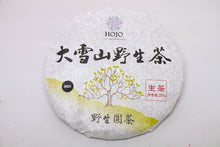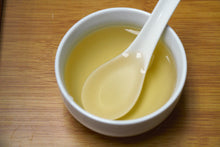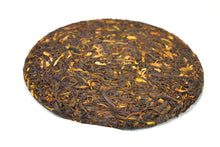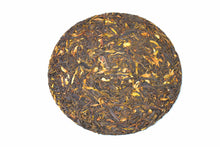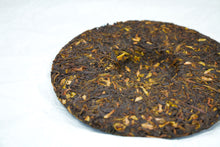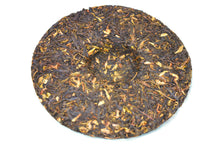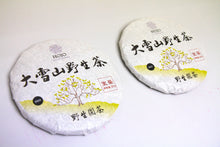
Authentic Wild Tea
True wild tea offers a deeper and more lingering aftertaste. The tea liquor is refreshing, with a long-lasting sweetness and a distinctive, fresh woody aroma reminiscent of the forest. This type of tea is particularly suitable for aging, especially in Malaysia's climate. Over time, it develops a sweet fragrance similar to wild honey. Its texture is smooth, free from any musty or earthy flavors, and it is neither astringent nor bitter.
This wild tea is harvested once a year in spring by local ethnic minorities from forests. Rich in minerals, it promotes blood circulation and provides a soothing, relaxing sensation for the body.

Introduction of Da Xue Shan Wild Tea
We began introducing Da Xue Shan Wild Tea in 2010, and it has consistently been a popular choice among our offerings, as it can be enjoyed at any time of the day.
Why Wild Tea is Delicious
Wild tea comes from tea trees that grow naturally in the mountains, rather than from trees cultivated by humans. Specifically, it is derived from a unique variety known as Camellia taliensis.
Some may find the taste of wild tea challenging to appreciate because the term "wild" is often associated with roughness, bitterness, and astringency.
However, upon reflection, wild foods are often exceptionally flavorful. Just think of wild mushrooms, herbs, fish, shellfish, and vegetables—all are known for their remarkable taste. What these wild foods share is a clean yet complex flavor profile with a pronounced aftertaste. When you sip wild tea, you’ll find it pleasantly sweet, with flavors that linger on the palate for a long time.
We found the new source of wild tea in Da Xue Shan
In 2019, we were also staying in Yunnan for two months, I visited various places in Lincang and gathered information to develop new resources of wild tea. I once visited a small village in the remote mountain through the introduction by our tea friend. We met our friend’s relative who is making a living with bracken. They collect bracken in spring, process it into a dried product and then supply to a buyer. Their village is located nearby Da Xue Shan. According to them, those bracken are supplied to Japan for making Sansai Soba or Udon.

They possessed extensive knowledge about where wild tea grows, as they frequently wander the mountains in search of bracken. To my surprise, they were quite well-off; the income from selling bracken is surprisingly lucrative, which has led them to be less interested in wild tea. They generously shared their insights, advising us on which village to visit and whom to contact.
Thanks to their introduction, we connected with several locals and successfully discovered new sources of wild tea in Da Xue Shan.

To obtain fresh leaves for this wild tea, I enlisted the help of our long-term tea manufacturer, with whom we have collaborated for many years in producing Yunnan teas. Securing fresh wild tea leaves requires careful planning; it's essential to confirm the order quantity in advance. Additionally, on the day the villagers collect the leaves, we must arrive early at their homes to pay them in cash on the spot, ensuring we receive the highest quality fresh tea leaves.
Securing genuine wild tea is challenging due to its rarity and high demand. I use the term "genuine" because, in recent years, Camellia taliensis has been widely cultivated in tea gardens. Consequently, many of the so-called "wild teas" distributed in Yunnan are actually farmed varieties of Camellia taliensis. In fact, over 95-98% of what is marketed as wild tea in Yunnan falls into this category. While these teas may come from wild species, they are not truly wild, as they are cultivated by human hands. Most importantly, the flavor of these farmed Camellia taliensis is generally inferior to that of authentic wild tea.
Improvements in Our Process Since 2020
Beginning in 2020, we sought to enhance the production process for wild tea, so we transitioned to a new tea maker. We now outsource our wild tea production to an individual who currently handles most of our pu-erh tea, ensuring improved quality and expertise.










